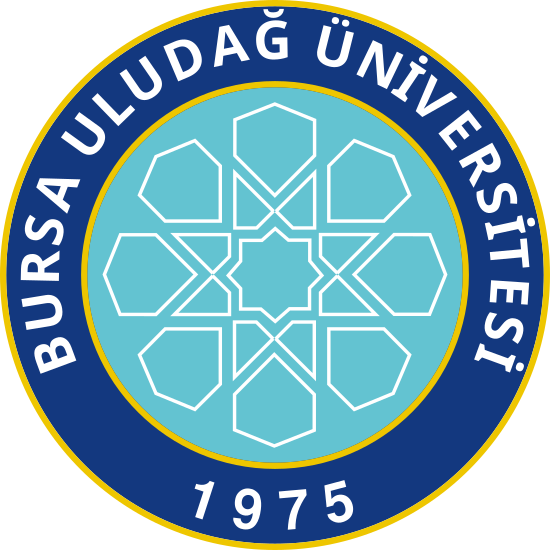Please use this identifier to cite or link to this item:
http://hdl.handle.net/11452/28644| Title: | Optimizing levels of water and nitrogen applied through drip irrigation for yield, quality, and water productivity of processing tomato (Lycopersicon esculentum Mill.) |
| Authors: | Uludağ Üniversitesi/Mustafakemalpaşa Meslek Yüksekokulu/Bitkisel ve Hayvansal Üretim Bölümü. Uludağ Üniversitesi/Ziraat Fakültesi/Biyosistem Mühendisliği Bölümü. 0000-0002-1976-8082 Kuşçu, Hayrettin Turhan, Ahmet Özmen, Neşe Aydınol, Pınar Demir, Ali Osman AAG-5889-2021 AAH-4682-2021 AAG-5956-2021 23667971600 57196504252 25623754300 48361146600 7102184446 |
| Keywords: | Carotenoids Limited irrigation N fertilization Total soluble solids Water-use efficiency Deficit irrigation Use efficiency Fruit-quality Chemical-composition Grown tomato Soil Accumulation Evapotranspiration Carotenoids Nitrate Agriculture |
| Issue Date: | Apr-2014 |
| Publisher: | Korean Soc Horticultural Science |
| Citation: | Kuşçu, H. vd. (2014). "Optimizing levels of water and nitrogen applied through drip irrigation for yield, quality, and water productivity of processing tomato (Lycopersicon esculentum Mill.)".Horticulture Environment and Biotechnology, 55(2), 103-114. |
| Abstract: | The main goal of this study was to evaluate the effects of different levels of irrigation water and nitrogen on yield, quality, and water productivity of processing tomato grown in clay-loam soil. Three water levels of pan evaporation (E-pan) replenishment applied via drip irrigation (1.00 x E-pan, 0.75 x E-pan, and 0.50 x E-pan) and four N application rates with fertigation (0, 60, 120, and 180 kg N.ha(-1)) were tested in the sub-humid climate conditions of Turkey during the 2010 and 2011 growing seasons. The highest marketable yields were observed with full irrigation (1.00 x E-pan) for each season. Decreasing irrigation rate generally improved dry matter, total soluble solids, total sugars, titratable acidity, lycopene and total carotene, and decreased fruit NO3-N content and fruit total protein content slightly. The highest water productivity was obtained with a moderate soil water deficit (0.75 x E-pan). The 180 kg N.ha(-1) fertilization rate produced the highest values for marketable yield, fruit size, total soluble solids yield, NO3-N, and total protein content. Increasing N rate also increased the values of fruit total sugars and titratable acidity. Increasing both irrigation and N levels increased the NO3-N and protein contents. The higher lycopene and total carotene values were obtained in the treatments of 60 and 120 kg N.ha(-1). Increasing N supply improved the water productivity with the 3 irrigation application ratios. Considering the quantity and quality for the processing and water productivity, the 0.75 x E-pan irrigation regime and a 120 or 180 kg.ha(-1) nitrogen supply can considered optimal. |
| URI: | https://doi.org/10.1007/s13580-014-0180-9 https://link.springer.com/article/10.1007/s13580-014-0180-9 http://hdl.handle.net/11452/28644 |
| ISSN: | 2211-3452 2211-3460 |
| Appears in Collections: | Scopus Web of Science |
Files in This Item:
There are no files associated with this item.
Items in DSpace are protected by copyright, with all rights reserved, unless otherwise indicated.
